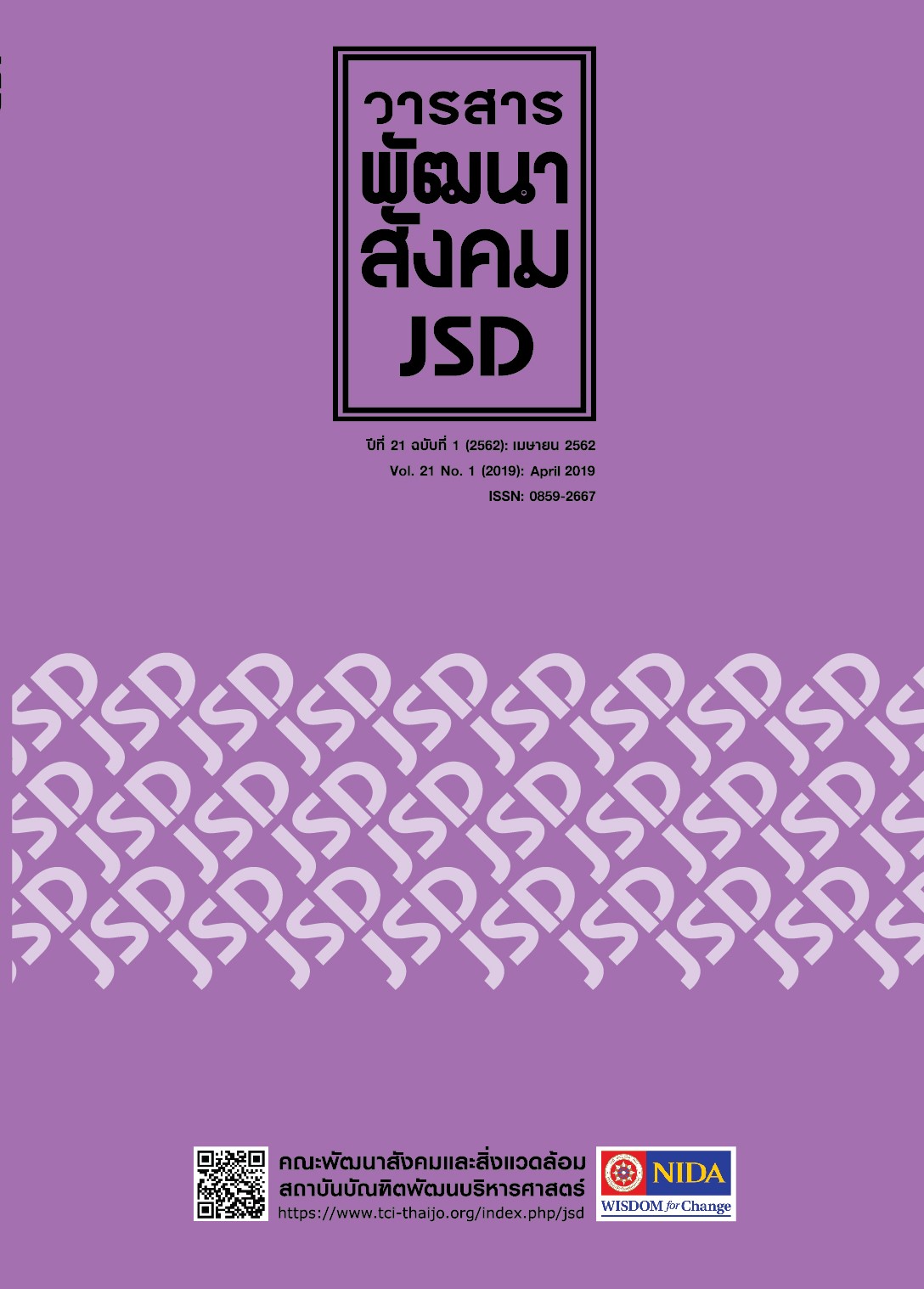Community Health Risk from Agricultural Chemical Residues in Paddy Field of Chainat Province
Main Article Content
Abstract
Agricultural chemical residues in paddy field is the source of environmental pollution affecting the health of farmers, livestock and consumers. The concentration of agricultural chemical residues collected from water at the wet broadcasting paddy fields in Wat-sing and Hun-kha district of Chai Nat province. Forty-five samples in each district were collected by completely randomized design and analyzed with Liquid Chromatography/Mass Spectrophotometry (LC/MS) techniques for volume and type of residues. The risk value resulting from the exposing to chemical was identified and the spatial distribution maps of risk areas was produced by Geographic Information System (GIS). The research revealed that Herbicide, Fungicide, Carbamate and Organophosphate were found in both districts with different level of concentration. In addition, another group of chemicals Organochlorine was only found in Hun-kha district. The concentration found level of agricultural residues is higher than the standard level, Acceptable Daily Intake (ADI value). For the study on risk assessment with GIS to investigate the average health risk from the chemical residues collected from water (mg/kg day bw) within the radius of 250 meters around the village locations, it was found that the high-risk substances appeared in all communities were Diazinon and Diuron. Methomyl, Thiaclopid and Pendimethalin were at medium risk whereas Glyphosate, Ametryn, Thiabendazole and Metalaxyl were at low risk.
Article Details
References
Chaiwong, J. Sriratanasak, W. & Arunmit, S. (2010). Impact of recommended insecticides on natural enemies in irrigated rice ecosystem. (In Thai). Rice Research and development Division. Bangkok: Rice Department.
Manager Online. 2015 (February 19). Insecticide the big problem behind “the new year orange tree” in Vietnam. (In Thai). Retrieved March 25, 2015 from http://www.manager.co.th/IndoChina/ViewNews.aspx?NewsID=9580000020603
Ministry of Natural Resources and Environment. Pollution Control Department. Soil quality Standard. (In Thai). Government Gazette. 25 (2004): 171-181.
Ministry of Public Health. Bureau of Epidemiology. 2011. Summary of 2011 situation National Disease Surveillance (Report 506) Pesticide Poisoning. (In Thai). Retrieved January 10, 2015 from http://www.boe.moph.go.th/boedb/surdata/506wk/y54/d47_5254.pdf.
Ministry of Public Health. Bureau of Epidemiology. 2003. Summary report on National Disease Surveillance 2003. ISSN 0857-6521. p443.
Chotenant, N. (2014). Pli-bai Newsletter (New Step of Agricultural Research and Development). (In Thai). Department of Agriculture. Bangkok: Ministry of Agriculture and Cooperatives
Laosuwan, P. (2011) Genetic diversity of indigenous rice in Nathawi basin of Songkhla province by seed morphology and microsatellite markers. (In Thai). Agricultural Science journal. 41: 89-97
Wattanasuntorn, P. & Amornsanguansin, J. (2016) Detections of Pesticide and Herbicides Residues in Soils Samples from Paddy Fields in Chainat Province. (In Thai). Academic Journal: Uttaradit Rajabhat University, 11(2), 245-258
Ek-Amnuay, P. (2010). Diseases and Pests of Economic: Importance. (In Thai). Third printing (Additional Edits) 591 pages.
Pollution Control Department. 2004. Overview of Persistent Organic Pollutants Management. (In Thai). Bangkok: Pollution Control Department.
SopaNodon, P. (2013). Weeds and Weed Management: Online lesson of Pest Control. Retrieved February 13, 2015 from http://www.natres.psu.ac.th/Department/PlantScience/weed/index.htm
Rice Department. Rice Research and Development Division. 2009. Rice Farming and Maintenance. Retrieved September 14, 2014 from http://www.ricethailand.go.th/info_riceknowledge.htm
Chookerd, S. Sampantamit, T. & Ketmai, W. (2011). Chemical residues from farming.
(In Thai). Payao University.
Thailand Pesticide Alert Network. 2011. Various content of Chemical Pesticides. Retrieved January 18, 2015 from http://www.thaipan.org/node/324


